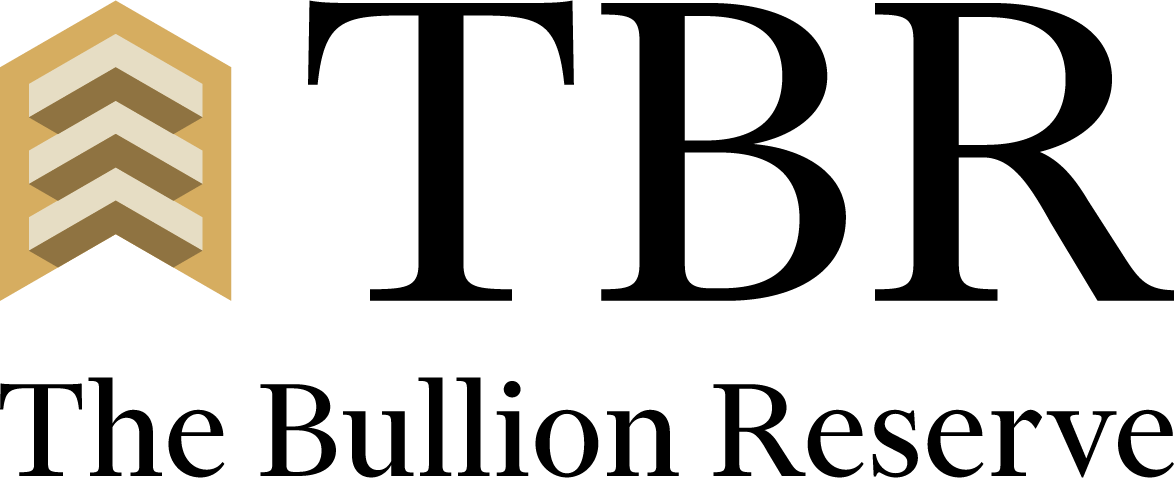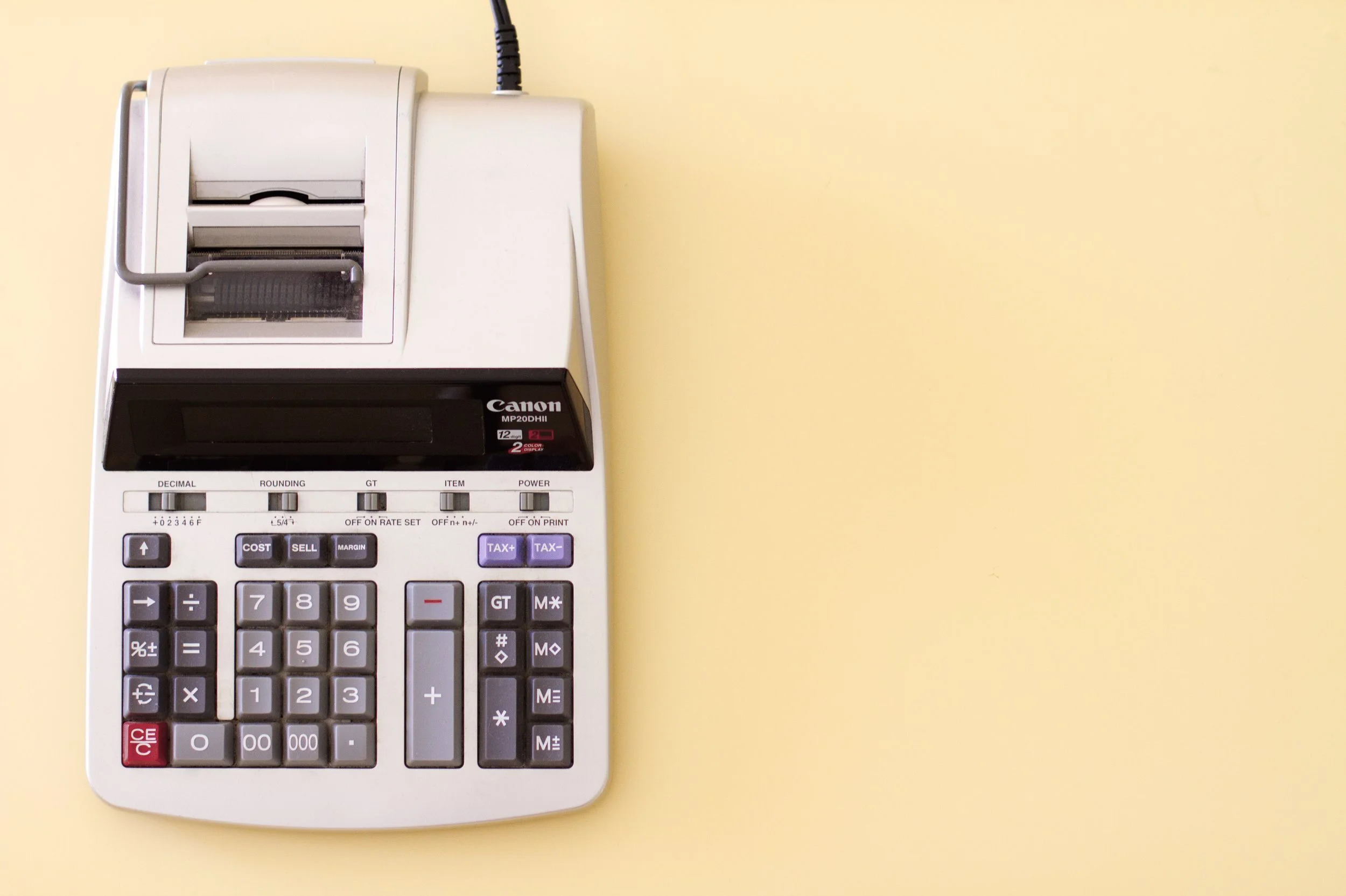Central Banks Are Trapped By the Math
Last week the Fed intimated that it may raise rates in June after all. Then again, maybe it won't. If anyone still wonders why policymakers keep acting as indecisive adolescents, the answer lies in the basic financial math - when rates go up, asset prices go down and debt service costs rise. It is as simple as that.
Having inflated asset prices by taking rates into the zero or even negative territory, all Central Banks have become trapped - raising rates could trigger a global market crash but, at the same time, keeping rates at the current levels is ruining pension funds and insurance companies that need meaningful investment income to meet obligations.
This may sound like an oversimplification but it is not. The problem with NIRP and ZIRP boils down to the Discounted Cash Flow model, which is used by investors to value all financial assets and income producing real estate. The model relies on the Present Value calculation to determine how much future cash flows are worth today. For any given amount of future cash, current market value rises when the discount rate declines and declines when the discount rate rises.
Holders of financial assets had a great run riding the 35-year wave of declining rates and rising asset values. The return trip won't be nearly as much fun.
In the absence of growth, profits are not going up and higher rates inevitably mean lower prices. It gets worse - the nature of financial math is such that low rates increase sensitivity of asset prices to rate changes. For example, equity prices reflect the fact that a stock is a claim on a perpetual stream of future profits. The way math works is that whenever discount rate doubles, Present Value of a perpetual cash flow stream halves. In plain English, if rates doubled, which is not farfetched from the current absurdly low levels and everything else remained the same, stock prices would decline by 50% just because of the higher rates. If rates normalized and profits declined, stocks would drop even more and this is without considering leverage.
Bonds are in the same boat - because the rates are lower than ever, bonds' sensitivity to rising rates is higher than ever. Unlike stocks, however, bonds cannot increase profits or invent a new product. Their prices are based on fixed coupons and the time left to maturity. For example, in 2006, before the crisis started, 10-year treasuries yielded about 5% vs the current yield of 1.65%. Return to the pre-crisis yield would mean a market value decline of close to 30% and we are talking about US Treasury bonds - the supposedly risk-free asset!
Finally, there are epic debts and the cost of servicing them. If the last crisis was about too much debt, the next one will be about too too much of it. Since 2007, global debts are up by $60 trillion, a 42% increase. With global debts now at $200 trillion, every 1% increase in rates would increase annual debt service by $2 trillion. If these numbers feel too big to comprehend, it is because they are. To put $1 trillion in perspective, if one set out to spend it at a rate of $1 million per day, it would take... 2,700 years.
If all of this is so clear and simple, why aren't investors panicking and heading for the hills? A number of reasons. The Fed's promises to keep rates low plus 35 years of declining rates have taught investors that fighting the Fed is not a profitable idea. Also, the unnaturally low rates have been so low for so long that unnatural has started to feel natural. And finally, there is the explanation from the former Citigroup CEO who when asked in 2007 how could Citi keep doing business that made no sense famously replied that one had to get up and keep dancing so long as the music played.
Last night, Nathan Smith, a friend from down under, sent me a quote by a writer Steve Lagavulin that sums it all up rather nicely:
"When nothing happens for a long time, people begin to assume that nothing ever happens. But something always happens in the end."

